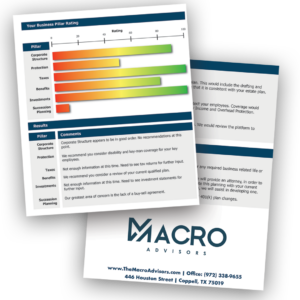- 972-338-9655
- [email protected]
- 446 Houston Street, Suite 200 | Coppell,TX 75019
 One of the first decisions you must make as a business owner is about your corporate structure. The process of choosing a legal structure is not one that should be taken lightly. This is due to the fact that the structure an owner chooses will impact how much they will be taxed, how much liability the owner will have personally, as well as how much control and authority they will maintain over operations. There are 4 major types of legal entity structures for prospective owners to choose from. Each carries its own benefits depending on how an owner would prefer to run their business.
One of the first decisions you must make as a business owner is about your corporate structure. The process of choosing a legal structure is not one that should be taken lightly. This is due to the fact that the structure an owner chooses will impact how much they will be taxed, how much liability the owner will have personally, as well as how much control and authority they will maintain over operations. There are 4 major types of legal entity structures for prospective owners to choose from. Each carries its own benefits depending on how an owner would prefer to run their business.
If there is two or more owners in a business, a partnership provides a simpler option for business structure. There are three most common types of partnership structures available for owners— General Partnerships, Limited Partnerships (LP) and Limited Liability Partnerships (LLP).
Corporations come in two separate categories, S-Corporations and C-Corporations.

Ready for Your Snapshot?
Uncover the financial blindspots in your business with a complimentary Snapshot Report.
Sign Up for Weekly Tax-Strategy Updates